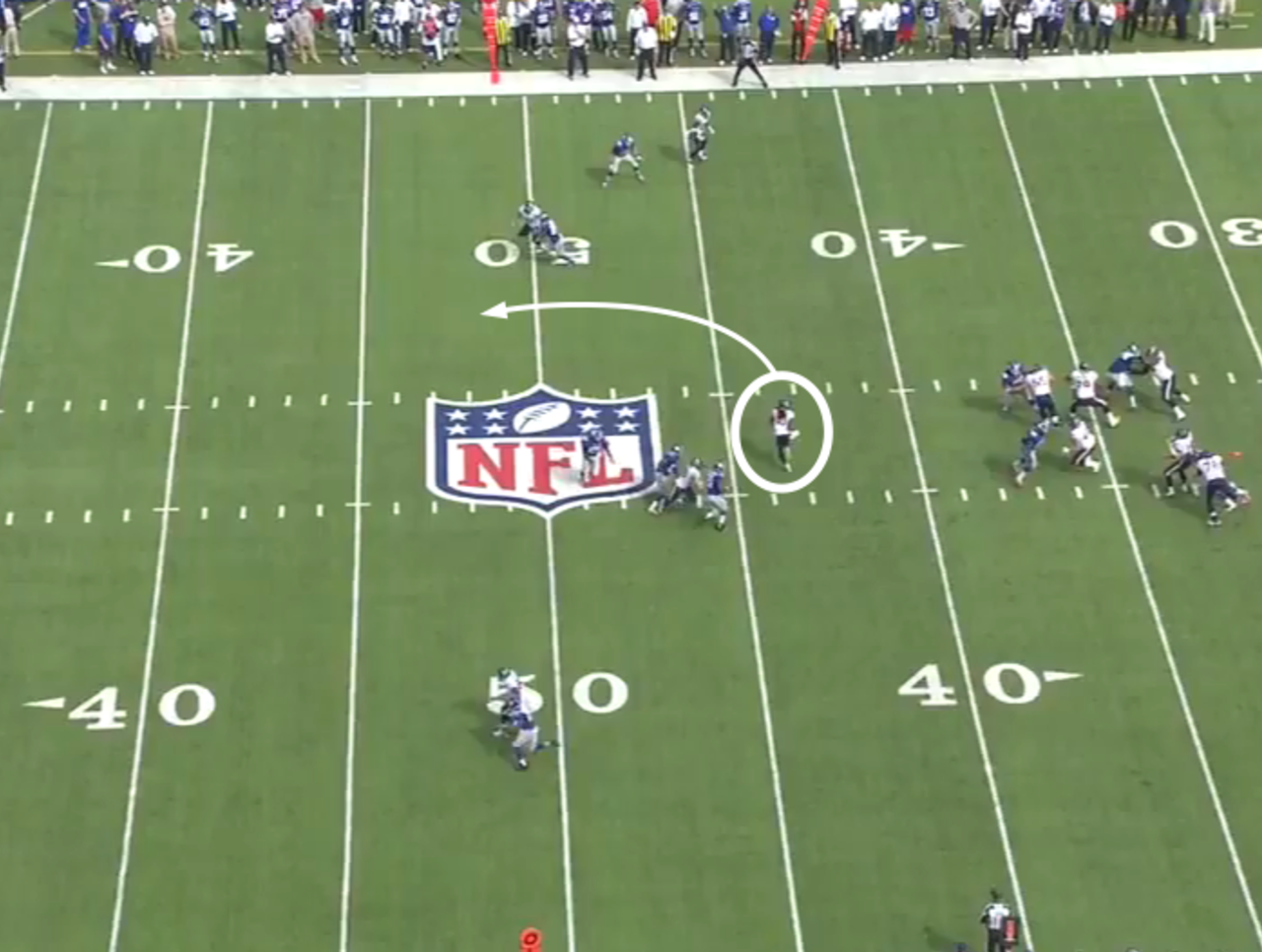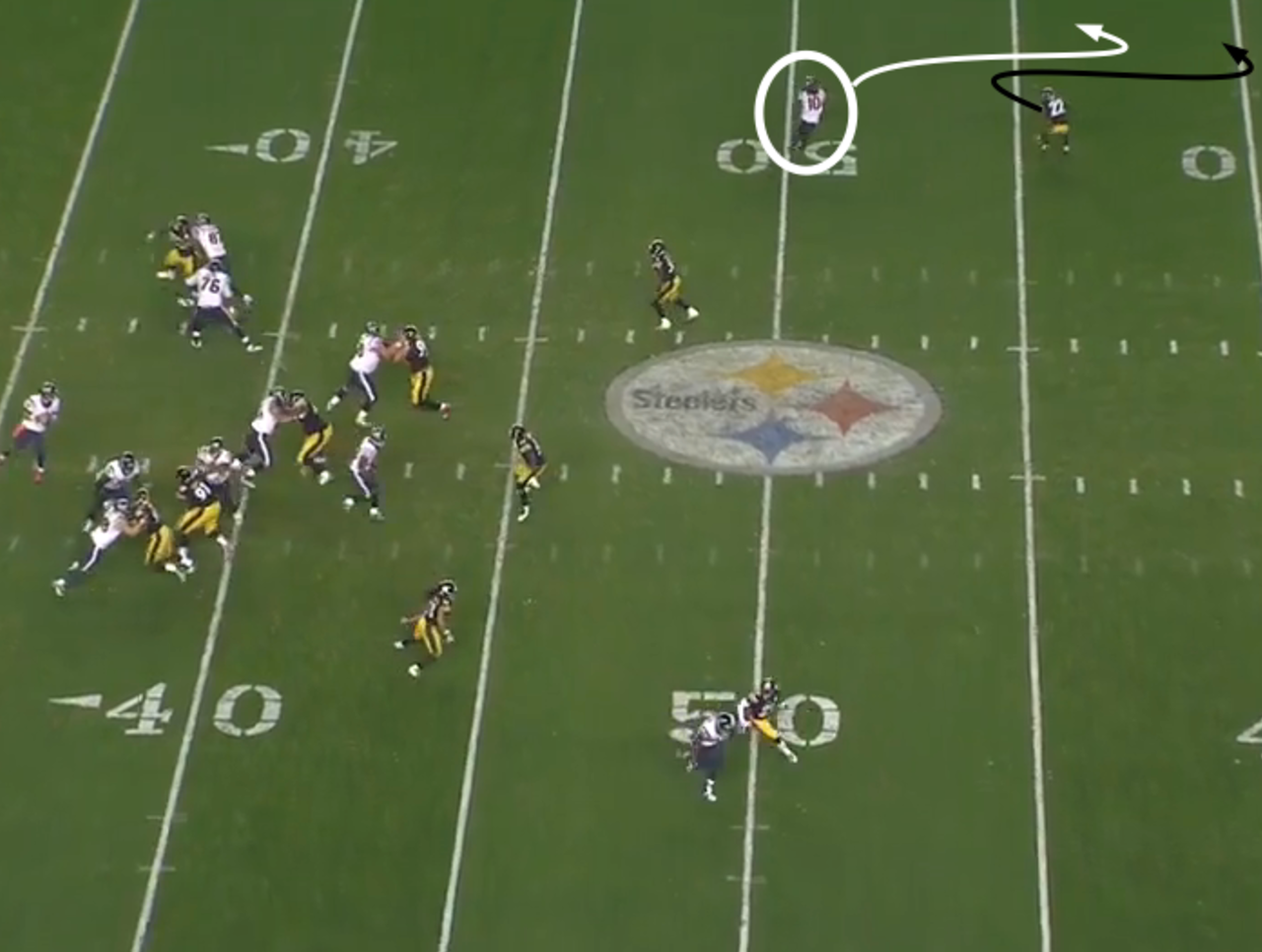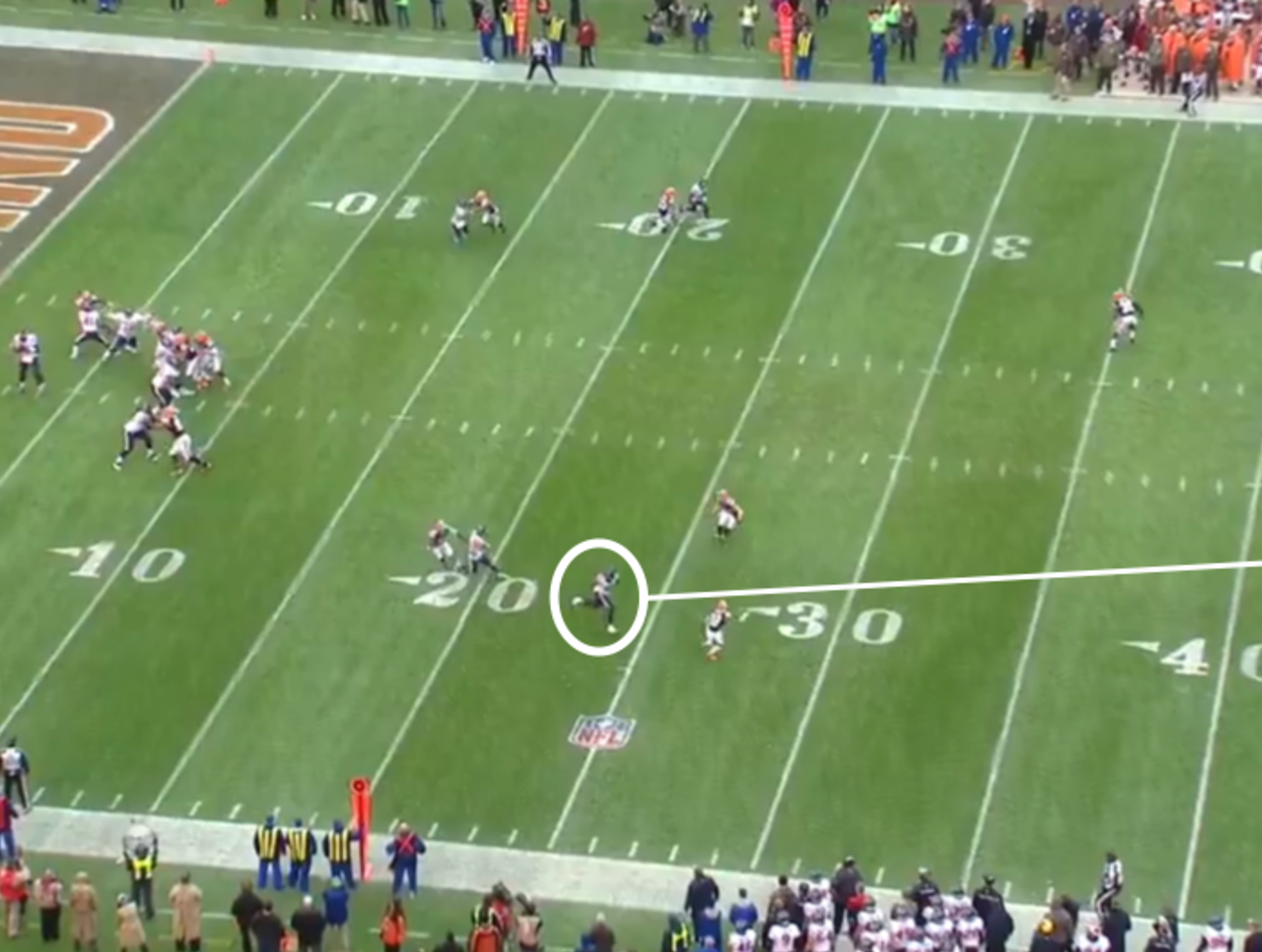Film Room: DeAndre Hopkins' route-running is turning heads
This receiver is a rare one who doesn't like attention.
When he catches the football, he rushes back to his feet and tosses it to a line judge. If he's pasted by defenders onto the grass, he looks to toss the ball to the line judge while on his back. Then - unless he hesitates to pull up his slippery socks, as he often quietly does - the receiver will jog back to the huddle. Every now and then he'll show a touch of emotion, throwing his hands up in a plea for a flag or flexing his muscles after an acrobatic catch to show he is indeed human.
This receiver is DeAndre Hopkins.
When the Houston Texans selected him in the first round of the 2013 NFL Draft, he was a relatively polished route-runner. He chopped his feet a half-dozen yards downfield to dupe cornerbacks into biting on double moves, ran back to the quarterback on broken plays and visualized roadways for yards after the catch.
But that would only go so far in the pros. He had more to learn: route stems, depth, spacing, technique and reading coverages. Learning it all would determine how successful his transition from Clemson University would ultimately be.
In Week 3 against the New York Giants this season, he was lined up just inside the left 40-yard number on a first-and-10. The Giants were lined up in single-high coverage, which meant one deep safety and several possible coverages.
Slowly, at the snap, he turned inside and lightly ran to a three-yard depth as he scanned the defense. The coverage was a variation of Cover 1, called Robber. Every defender was in man coverage except the deep safety and underneath middle linebacker.

As he ran a shallow cross past the near hash, the strong safety following him got jammed in traffic. That indicated to the second-year receiver that it was man coverage, and to keep running and get open. After an outstretched catch, he hurried with the ball downfield, picking up a dozen yards.
This shallow crossing route has built-in adjustments for zone coverage and man coverage and allows him to instinctively run after the catch to pick up first down after first down. Hopkins has 46 first-down catches this season, according to ESPN, tied for 11th-most in the NFL.
The first downs have come on more routes than just shallow crosses. On short down and distances, quick outs have become routine too. They don’t require precise cuts. Instead, they're rounded to keep the receiver running with a forward lean in hopes of picking up yards after the catch.
Because of his development as a route-runner, Hopkins is able to use the quick out as the foundation to more complicated routes, such as an out-and-up-and-comeback route.
The Texans faced the Pittsburgh Steelers in Week 7. Halfway through the third quarter, Houston had a first-and-10 near midfield. Hopkins was in a tight split off to the left when he took three steps and rounded outside.

Then he glanced back for the ball. The cornerback thought the ball was going to be fired off and stuck his left foot in the worn grass to drive on the route. Then the 22-year-old receiver curved outside the 50. The cornerback turned his hips out and his back to the middle of the field to shuffle his feet. The former Clemson Tiger stopped in three steps and turned back to slide as he caught the ball for another first down.
He finished the game with 108 yards, his third-most in 2014. It was a part of what’s been a mostly consistent sophomore season. He's been targeted 86 times, according to Pro Football Focus, but has dropped only one pass. If not for average quarterbacks, he would’ve caught more than the 60 passes he has because of his route-running technique.
On intermediate to deep routes, he’s kept his shoulders square - to not tip off cornerbacks - and has made sudden breaks at the top of routes that are nearly indefensible. For the most part, he’s figured out how to run routes outside the numbers and not get pinned to the sideline like a boxer backed into a corner. These routes are sometimes run from a plus-split or a tight-split in various formations. Wherever the routes originate, they've started to garner the attention of defensive backs - yes, multiple ones.
Against the Cleveland Browns in Week 11, Hopkins was just inside the 10-yard number. Outside of him was a cornerback in off-man. Inside of him was a strong safety in off-man too.

He ran 15 yards diagonally to create more room. The cornerback shuffled his feet straight and then shuffled back toward the sideline as his cushion was eaten up. Simultaneously, the young receiver stabbed his right foot near the 30. He cut to the middle of the field on a skinny post route. The cornerback’s coverage widened and the strong safety's creaky hips caused him to fall behind.
As the cornerback jumped on his back at the last second, Hopkins leaped and trapped the ball to his chest for a 41-yard catch.
The big play was one of 18 he has this season of 20 yards or more, according to ESPN, tied for fourth-most in the NFL. His remarkable knack for big plays has continued throughout the season and reached its highpoint in Week 13 against the Tennessee Titans when he snatched nine passes for 238 yards and two scores.
A performance that caught everyone’s attention.